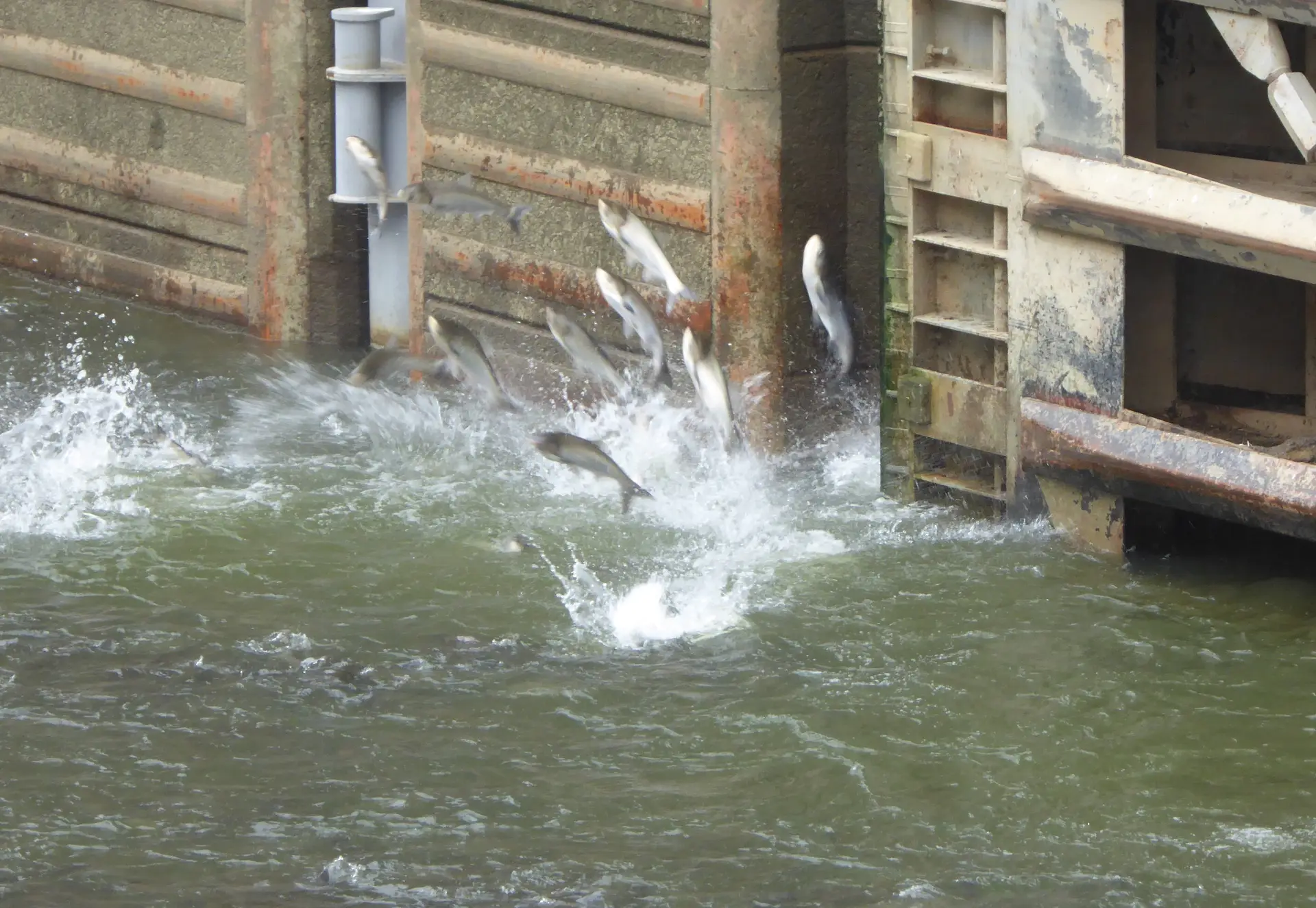
Kentucky’s fight against invasive carp received another boost this month with the deployment of a pilot programme by the United States Geological Survey (USGS) at Kentucky Lake.
The Modified Unified Approach combines a traditional Chinese method of fish capture with the use of electronic systems to remove invasive species. It is the latest in a series of measures being used by the state to remove fish such as bighead, silver, black and grass carp from the region.
The wider scheme of works also includes the Bio-acoustic Fish Fence (BAFF) system recently installed by Fish Guidance Systems at Lake Barkley – a lake that is directly connected to Kentucky Lake through the Barkley Canal.
The BAFF system installed at Lake Barkley uses a combination of bubbles, light and sound to deter invasive species from entering a navigational lock chamber and because the system does not use physical screens, it doesn’t affect navigation, or the $1 billion recreational fishing industry that is generated around the lakes.
The ongoing project to tackle the invasive carp problem in Western Kentucky recently received federal funding, with the announcement of a $25 million dollar investment in tackling the problem back in December.
Managing Director of Fish Guidance Systems, David Lambert, believes a unified approach is just what is needed:
“Kentucky Lake and Lake Barkley are two halves of the same coin when it comes to the carp invasion as they are only separated by the Barkley Canal.”
“It’s great to see new methods being trialled by the USGS in Kentucky Lake. As part of the wider plan we are closely monitoring the Fish Guidance Systems installation at Lake Barkley to create a better picture of how the whole water system is responding to this concerted approach.”